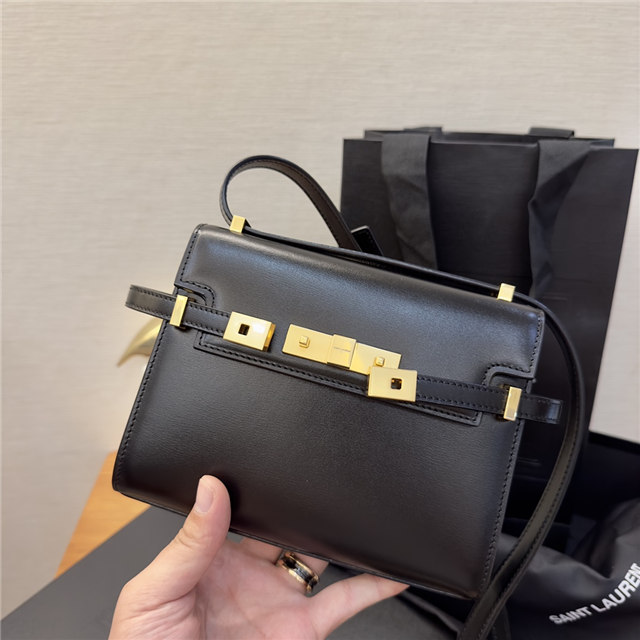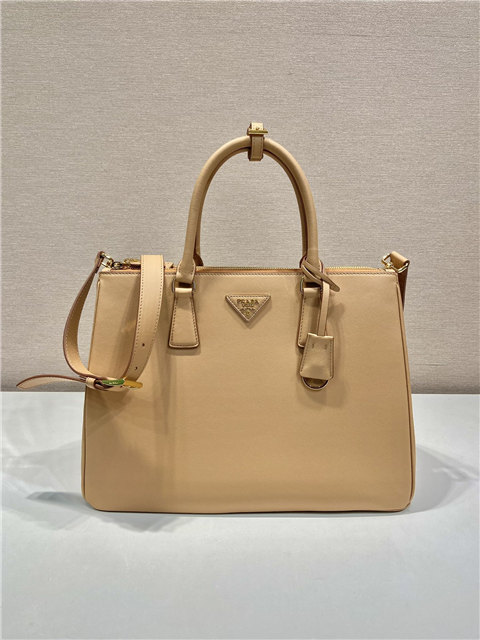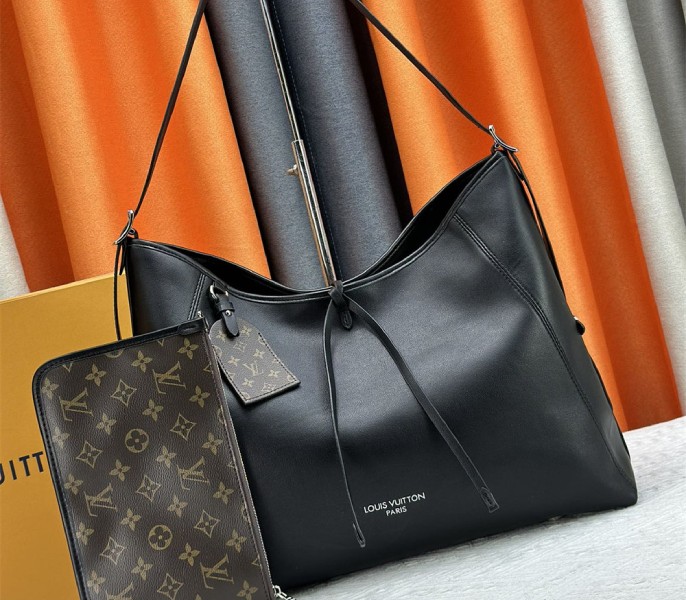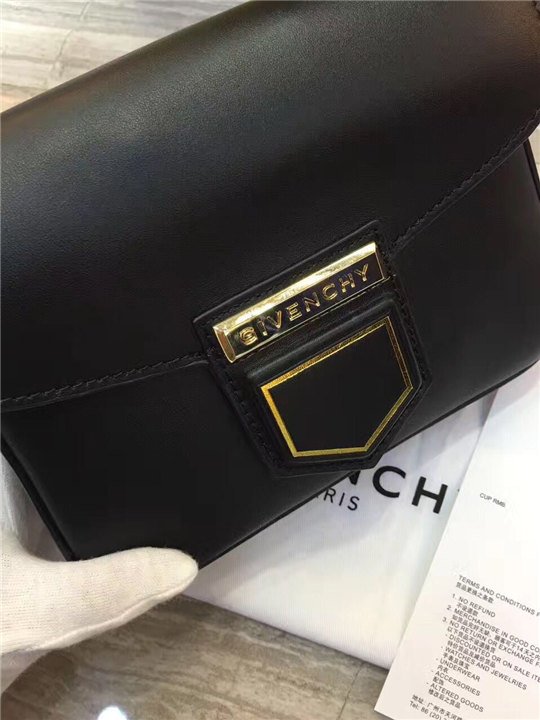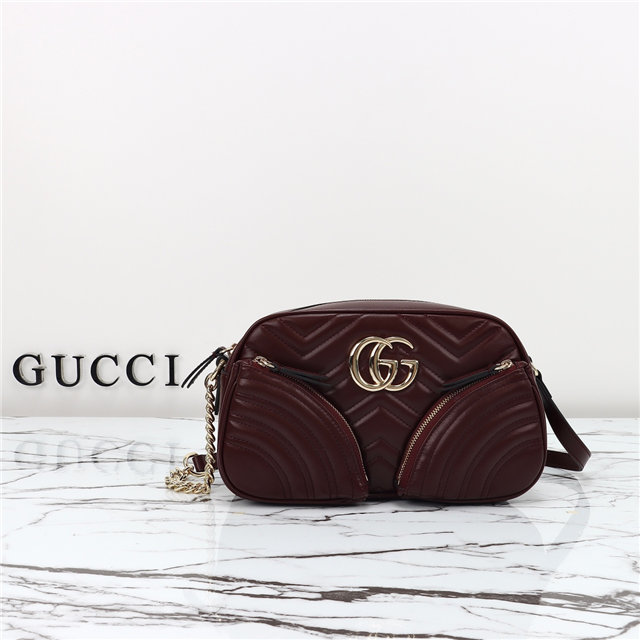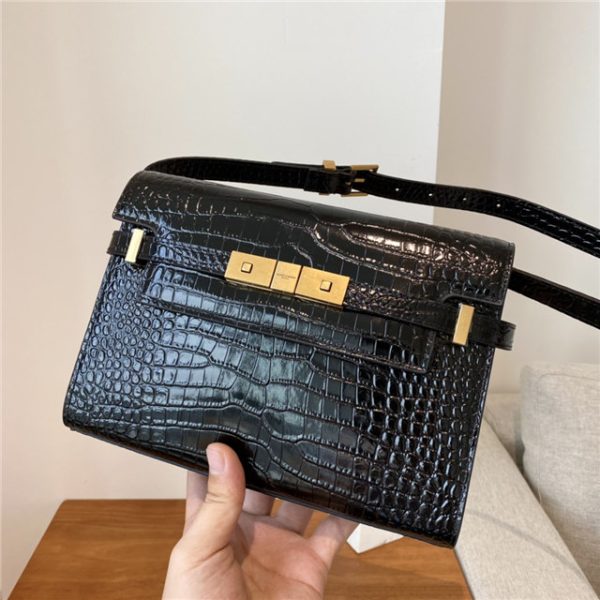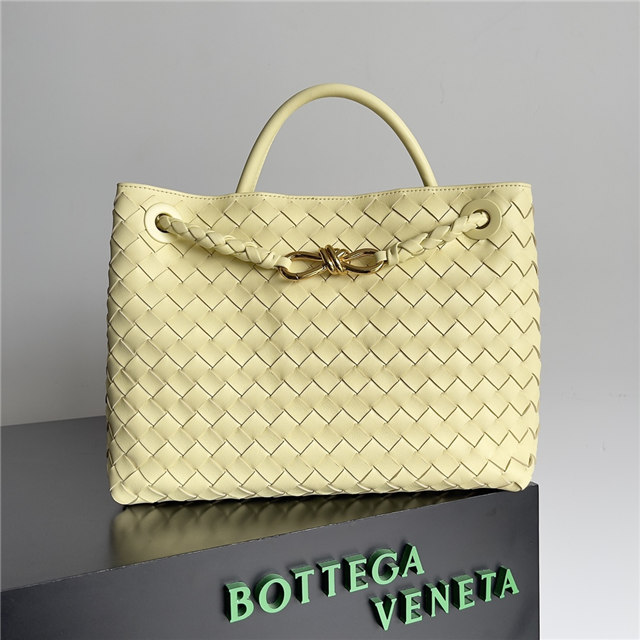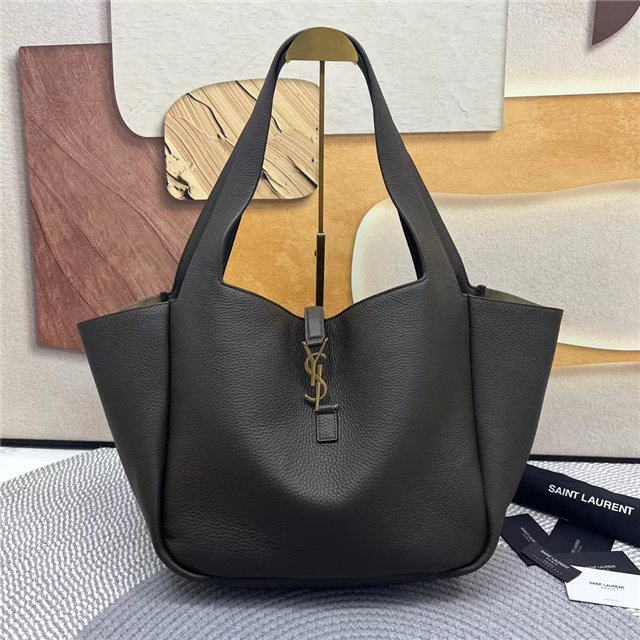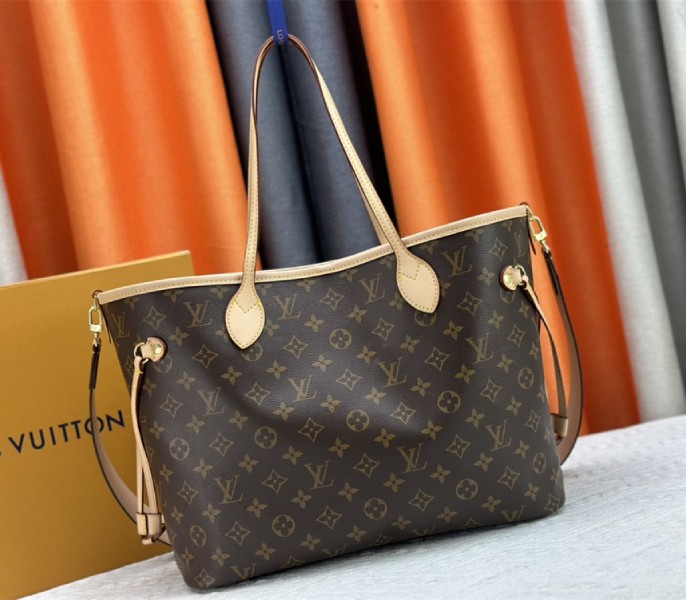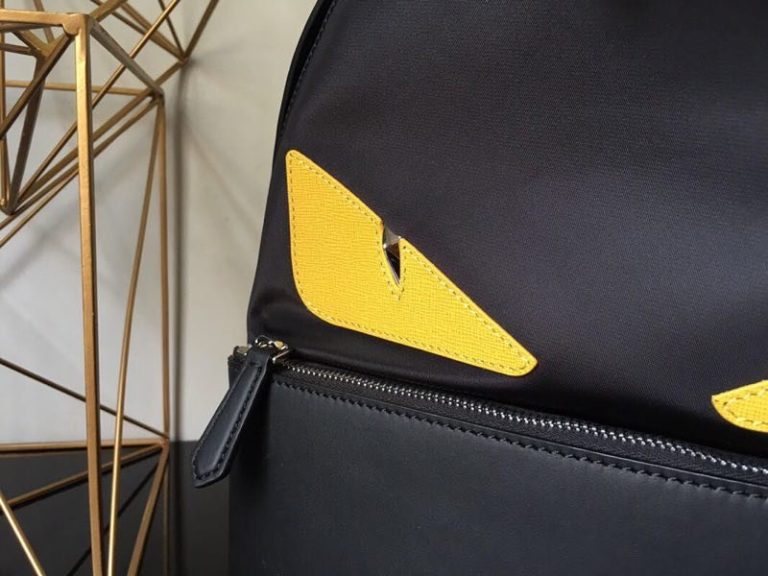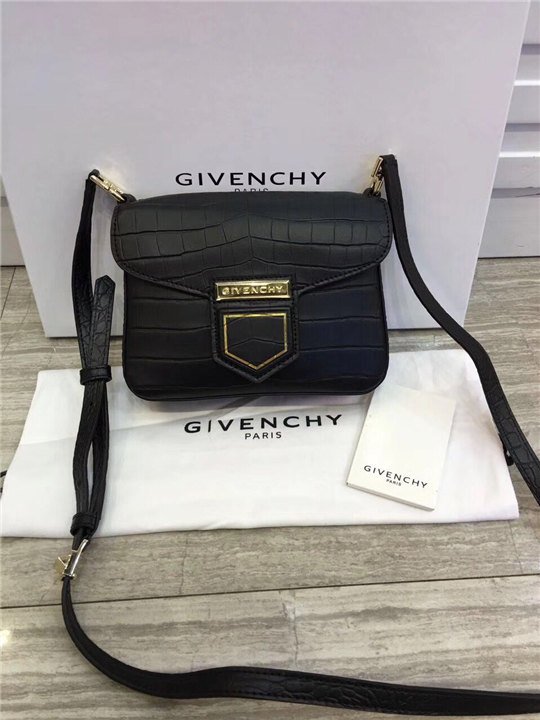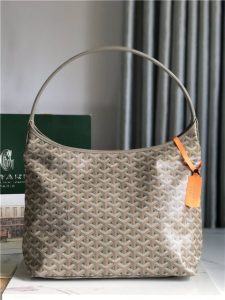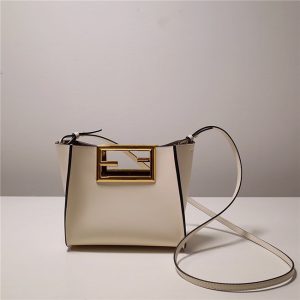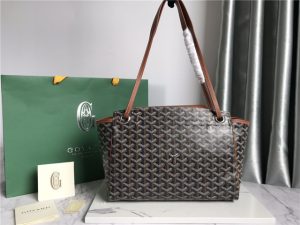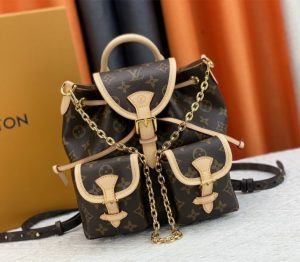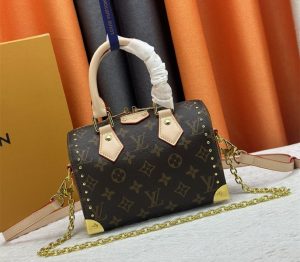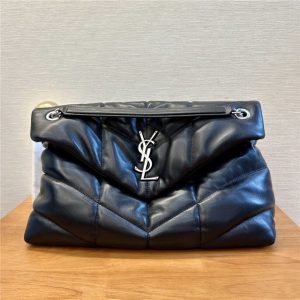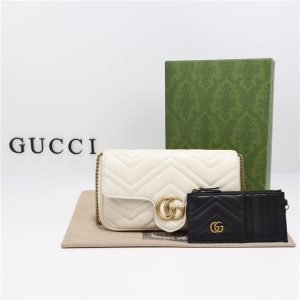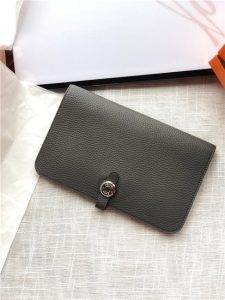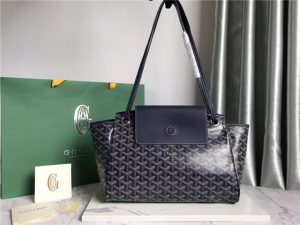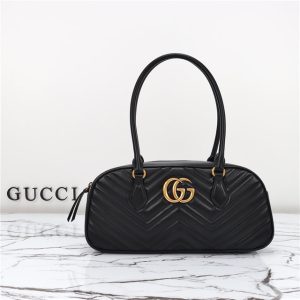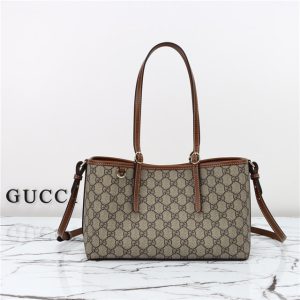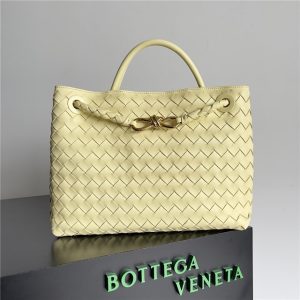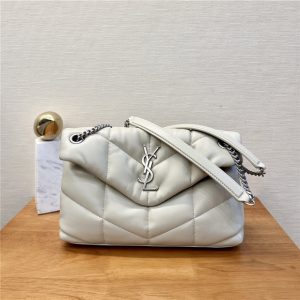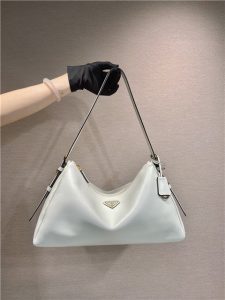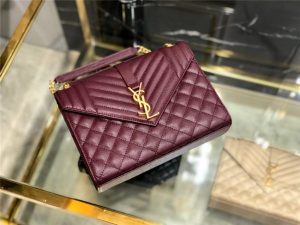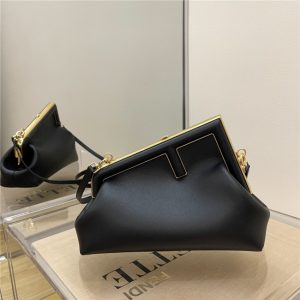Well, buckle up, because it’s not a simple yes or no. See, there’s a whole world of credit card protections and fraud rules, and sometimes it feels like they’re written in ancient hieroglyphics.
First off, let’s talk about the *type* of “fraud” we’re dealing with here. Is it straight-up credit card fraud, like someone stole your number and bought the watch? Or is it more like… you authorized the purchase, but the seller misrepresented the product? Big difference.
If it’s straight-up credit card fraud, you’re usually pretty well protected. Banks are *really* good at sniffing that stuff out, and you’re generally not liable for unauthorized charges. Just report it ASAP, and they should sort it out. Phew!
But… if you willingly gave your card info to the seller (even if they turned out to be a bunch of shady characters), that’s where things get murky. This falls more into the “third-party fraud” category. Basically, the credit card company might argue that you authorized the transaction, even if you were duped. Ugh.
Now, some cards *do* offer purchase protection. This is where you might have a glimmer of hope! Check your cardholder agreement (yeah, I know, nobody reads those), or call your bank and ask about purchase protection benefits. Some cards will cover you if you receive a damaged or misrepresented item. They might require you to return the watch, provide proof of the fake-ness (like an authentication from a jeweler), and jump through some hoops. But hey, it’s worth a shot!
Then there’s the whole “Section 75” thing. This is a UK law (I think!), but it basically says that if you buy something costing over a certain amount (like £100) with your credit card, the card issuer is jointly liable with the seller. So, if the seller screws you over, you can go after the credit card company. Cool, right? The problem is it does not apply to US law, so if you are in the US you are out of luck.
Honestly, my advice? Start by contacting the seller. See if you can return the watch for a refund. If they’re being difficult, contact your credit card company and explain the situation. Be polite but firm. Emphasize that the watch is a counterfeit and that you were misled. You might get lucky, especially if you have a good track record with your card.

